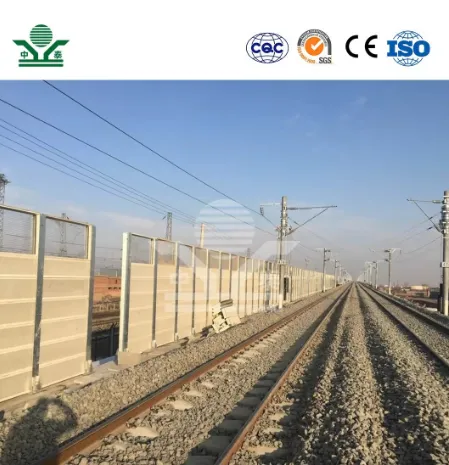Understanding Trench Gratings Importance, Types, and Applications
Trench gratings, often referred to as drainage grates or trench covers, play a crucial role in urban planning and civil engineering. They are used to cover drainage trenches, allowing for efficient water management while ensuring the safety of pedestrians and vehicles. In this article, we will discuss the importance of trench gratings, explore the various types available, and highlight their diverse applications.
The Importance of Trench Gratings
One of the primary functions of trench gratings is to facilitate effective drainage in urban environments. With the increasing prevalence of impervious surfaces such as concrete and asphalt, rainwater runoff has become a significant concern. Without proper drainage systems, excess water can lead to flooding, erosion, and damage to infrastructure. Trench gratings collect rainwater, channeling it into underground drainage systems, thus preventing pooling and facilitating a quicker return to the natural water cycle.
In addition to their functional role in drainage, trench gratings enhance safety. By covering open trenches, they prevent accidents involving pedestrians and vehicles. Properly designed and installed gratings can withstand heavy loads and minimize the risk of individuals or objects falling into drainage channels. Moreover, they enhance the aesthetic appeal of urban environments by providing a seamless transition between landscapes and utility systems.
Types of Trench Gratings
There are several types of trench gratings, each designed for specific applications and load requirements
. The most common materials used in the manufacturing of trench gratings include1. Cast Iron Gratings Known for their durability and strength, cast iron gratings are ideal for heavy-load areas such as roads and industrial sites. Their resistance to corrosion and wear makes them a popular choice in harsh environments.
2. Steel Gratings These are often used in commercial and light industrial applications. Steel gratings can be coated for additional corrosion resistance and are available in various designs to suit aesthetic needs.
3. Composite Gratings Made from polymer composites, these gratings offer a lightweight alternative to metal options. They are resistant to rust, providing longevity even in aggressive chemical environments, making them suitable for wastewater treatment facilities.
trench gratings

4. Plastic Gratings Often used in residential areas, plastic gratings are lightweight and resistant to corrosion. They are an economical choice for applications where heavy traffic is not a concern.
Applications of Trench Gratings
Trench gratings are versatile and applicable in numerous scenarios. Some common applications include
- Roadways and Streets In urban environments, trench gratings are essential for managing road runoff. They are strategically placed in low-lying areas to prevent flooding and improve road safety.
- Parking Lots In commercial settings, trench gratings facilitate the quick drainage of rainwater, reducing the likelihood of pooling water and ensuring a safer experience for drivers and pedestrians.
- Industrial Areas In warehouses and factories, heavy machinery can cause significant wear and tear on surfaces. Trench gratings made from durable materials are often installed to manage industrial waste and stormwater.
- Parks and Recreational Areas Gratings are also utilized in landscaping to maintain aesthetics while managing rainwater. They allow for effective drainage without compromising the beauty of the areas.
- Wastewater Treatment Facilities Composite and plastic trench gratings are extensively utilized in wastewater applications due to their chemical resistance and durability.
Conclusion
Trench gratings serve as an integral component of modern infrastructure, balancing functionality, safety, and aesthetic appeal. With ongoing advancements in materials and design, these gratings continue to evolve to meet the needs of growing urban populations while enhancing environmental sustainability. As cities continue to expand, the importance of efficient water management will only increase, making trench gratings a key consideration in urban planning and civil engineering projects. Whether in residential, commercial, or industrial settings, trench gratings contribute to a safer, more efficient, and aesthetically pleasing environment.
-
Why Galvanized Trench Cover Steel Grating Resists Corrosion
NewsJul.10,2025
-
The Versatility and Strength of Stainless Expanded Metal Mesh
NewsJul.10,2025
-
Load Calculations in Steel Grating Platforms
NewsJul.10,2025
-
Keeping Pets and Kids Safe with Chicken Wire Deck Railing
NewsJul.10,2025
-
Hole Diameter and Pitch for Round Perforated Metal Sheets
NewsJul.10,2025
-
Aluminium Diamond Mesh in Modern Architecture
NewsJul.10,2025
Subscribe now!
Stay up to date with the latest on Fry Steeland industry news.

